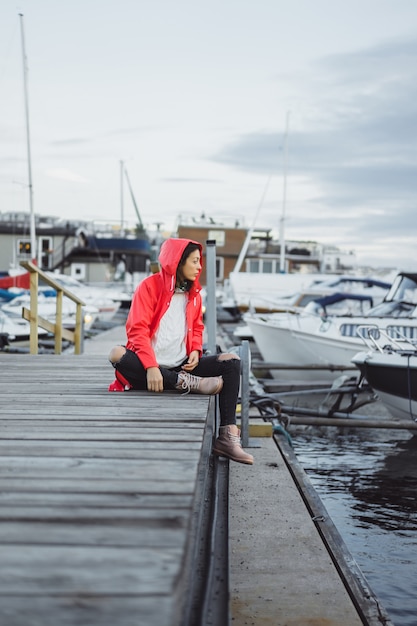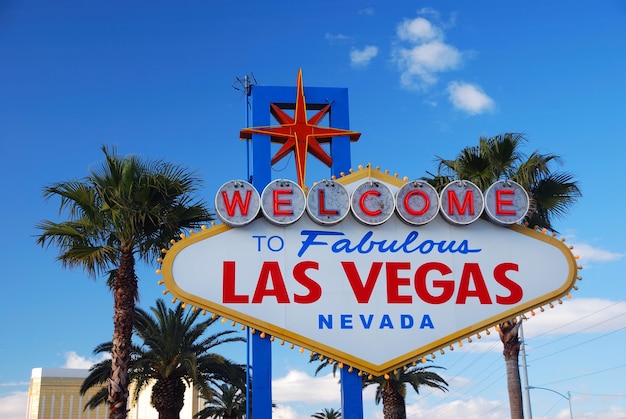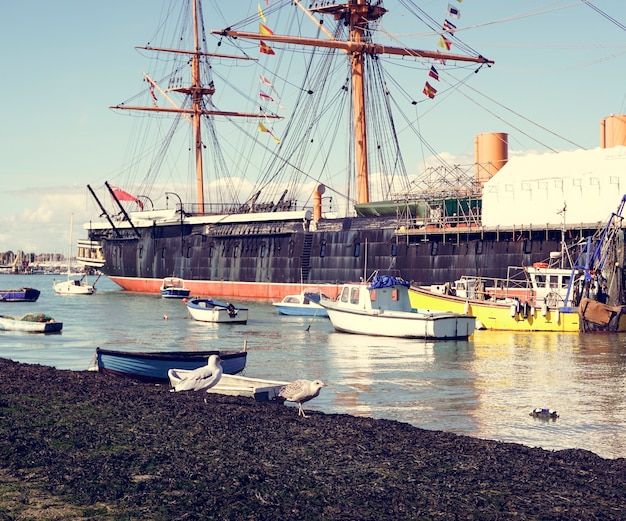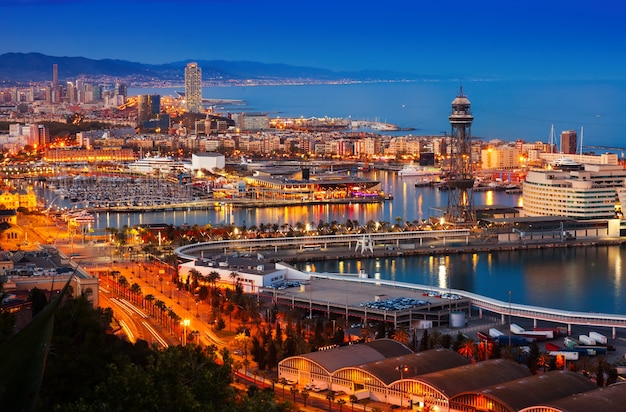
Just across the water from Malta’s capital Valletta, the Three Cities of Malta are peninsulas that extend into the Grand Harbour. These historic neighborhoods, with their picturesque narrow streets, impressive palazzos, and 16th-century fortifications, make for an ideal day trip from Valletta. Here’s a guide to the top things to do in the Three Cities.
Located on peninsulas opposite Valletta, the Three Cities provide sheltered harbors between them. Each city has two names: the original Maltese name and the newer name given by the Knights of Malta. Birgu (Vittoriosa) is the oldest, established as the Knights’ headquarters in 1530. Senglea (Isla) offers a more local experience, while Bormla (Conspicua) is set back behind these peninsulas. Kalkara, another nearby peninsula, can be seen from Birgu.
A visit to the Three Cities is perfect for walking around, admiring old buildings, having a drink or lunch on the quayside, and visiting a couple of museums. The Valletta 3 Cities Ferry is an inexpensive way to cross the harbor on a catamaran from Lascaris Wharf. For a more atmospheric crossing, take one of the old wooden Dgħajsa boats from the same location.
Birgu is the first city to visit, with the most to see and do. When the Knights Hospitaller made it their capital in 1530, Birgu was a quiet village. The Knights quickly fortified the peninsula in anticipation of an Ottoman attack. When the Ottomans besieged the city in 1565, the defenses held strong, earning Birgu the name Città Vittoriosa, meaning Victorious City.
Between Valletta and Birgu, small Maltese wooden ferries known as Dgħajsa crisscross the harbor. They can take you from Valletta to the Three Cities and back (€2 each way) or offer a harbor tour (€8). We opted for the latter and got a private tour with a local boatman, taking us around the harbor and the different inlets of the Three Cities.
The deep-water harbor was central to Malta’s history and why it was heavily bombed during WW2. From 1800, the British used the Grand Harbour as their naval base in the Mediterranean, leaving Malta in 1979.
On the Birgu side, ferries run from the archway in front of the Malta Maritime Museum. If coming from Valletta, take the lift from the Upper Barrakka Gardens to the lower level and cross the road to the ferry station. Each boatman operates independently, so you just need to wait until one arrives and gathers enough passengers. The harbor tour takes around 30 minutes.
When arriving in Birgu from Valletta, the Dgħajsa will drop you off right at the waterfront. The marina between Birgu and Senglea is full of boats, with luxurious super yachts moored on the western side. It’s a good place to stop for lunch in one of the many restaurants along the waterfront. There are also a few places to visit right on the waterfront, such as St Lawrence’s Church, The Malta Maritime Museum, and the Freedom Monument.
Although closed for redevelopment when we visited, the Malta Maritime Museum is worth mentioning. It is housed within the former Royal Naval Bakery and contains over 20,000 artifacts, scale ship models, and a genuine steam engine from the 1950s. Notable pieces include the world’s largest Roman anchor and the figurehead of a Napoleonic ship.
A short walk from the waterfront behind St Lawrence Church, you’ll find Victory Square, the city’s main square. It was named following the defeat of Ottoman forces during the Great Siege. The statue in the center commemorates the victory, though the medieval clock tower that once dominated the square was destroyed during WWII. Victory Square has several cafes, the best known being BeBirgu, set in an old Palazzo with a delightful internal courtyard.
St Lawrence’s Church, built by Lorenzo Gafa in the traditional Baroque style, is one of the oldest parishes on the island. The church was used as the main place of worship for the Knights of Malta before they moved their headquarters to Valletta. The church is open daily, and just a short walk up the hill is the Vittoriosa Church Museum.
From Victory Square, it’s fun to wander through Birgu’s narrow, medieval streets. Look out for the Arabic-style gallarija, ornate closed balconies often painted in bright colors. Notice the auberges, elegant mansions used as lodging and headquarters by different branches of the Knights of Malta. The two best-known ones in Birgu are the Auberge d’Auvergne and Provence and the Auberge d’Angleterre.
The Sicolo Norman House, said to be the oldest house in Birgu, is being restored by its owner. Nearby is Birgu Blue, a little blue-façade atelier selling handmade goods from independent artisans.
Follow the street from St Lawrence’s Church to find the Inquisitor’s Palace, built in the 1530s as the residence of the Inquisitor. The palace has served many purposes over the years and is now both a historic Palazzo and the National Museum of Ethnography. Visitors can explore grand staircases, reception rooms, private bedrooms, and a domestic kitchen. Exhibits highlight the importance of the Catholic faith in Maltese society. The tribunal chamber, prison cells, and torture chamber can also be seen.
One of Birgu’s most famous sights is Fort St Angelo, a large bastion at the tip of the peninsula. Originally a medieval castle, it was rebuilt as a fortress by the Knights of Saint John. Fort St Angelo served as the Knights’ stronghold during the Great Siege of 1565 and is still in use today. The fort offers stunning panoramic views of Valletta and the nearby peninsulas. It features audiovisual presentations about Malta’s naval history, recreations of the soldier’s barracks, and the officer’s quarters and chapel. The fort is open daily, costs €10 to enter, and you should allow 2-3 hours for a visit.
Most of Birgu’s fortifications built by the Knights of Malta still remain, as do three out of four of the original city gates. These gates were built in Baroque style in the 1720s. The three remaining gates are the Couvre Porte Gate, the Advanced Gate, and the Gate of Provence. The fourth, the Porta Marina, was destroyed in an explosion in the early 1800s.
If arriving in Birgu by bus, the city gates are the best place to start your walking tour, leading past the Malta at War Museum and towards the Inquisitor’s Palace. Nearby is the Birgu market, with a flea market on Sundays and a general market on Tuesdays.
Senglea, the smallest of the Three Cities, offers a quieter, more residential feel. It was fortified by the Knights of Malta, with commanding views from St Michael’s Bastion and Gardjola Gardens over the Grand Harbour. The marina faces Birgu, with restaurants lining the waterfront. One of Senglea’s best-known sights is Ġnien il-Gardjola, the lookout gardens offering beautiful views of Marsa, Valletta, and Birgu.
Cospicua, or Bormla, is the third of the Three Cities and sits between Birgu and Senglea. The area served as a dockyard for British ships during World War 2 and the waterfront is now being restored as a marina. Bormla’s original name was changed by the Knights of Malta to Conspicua, meaning “Conspicuous,” due to its bravery during the Great Siege of 1565. The city’s historical main entrance is through St Helen’s Gate, an ornate French Baroque-style stone gate.
Although the Three Cities only include Birgu, Bormla, and Senglea, Kalkara is so close to Birgu that it’s considered an extension. Kalkara is quieter than Birgu but worth exploring if you have time. The Kalkara Marina is picturesque and close to several restaurants and cafés. It’s also near the Esplora Interactive Science Centre and Fort Rinella, a Victorian-era artillery battery.
The Three Cities make an ideal day trip from Valletta or other parts of Malta. In a day, you can wander around Birgu and perhaps see a bit of one of the other peninsulas. In a couple of days, you can easily see the main sites of all the Three Cities areas: Birgu, Senglea, and Bormla. Staying in the Three Cities is a good alternative to Valletta for a more affordable and local experience.
For accommodation, consider the 50th Boutique Hotel in Birgu, the Palazzino Birgu Host Family Bed and Breakfast, Senglea Suites, The Snop House, or Casa Burmila Boutique Hotel. Malta enjoys year-round sunshine, with the best times to visit being Spring and Autumn. The narrow streets and many steps of the Three Cities mean that the best way to explore is on foot or by water taxi.
For more information on things to do in Malta, visit the official Visit Malta Tourism website.









